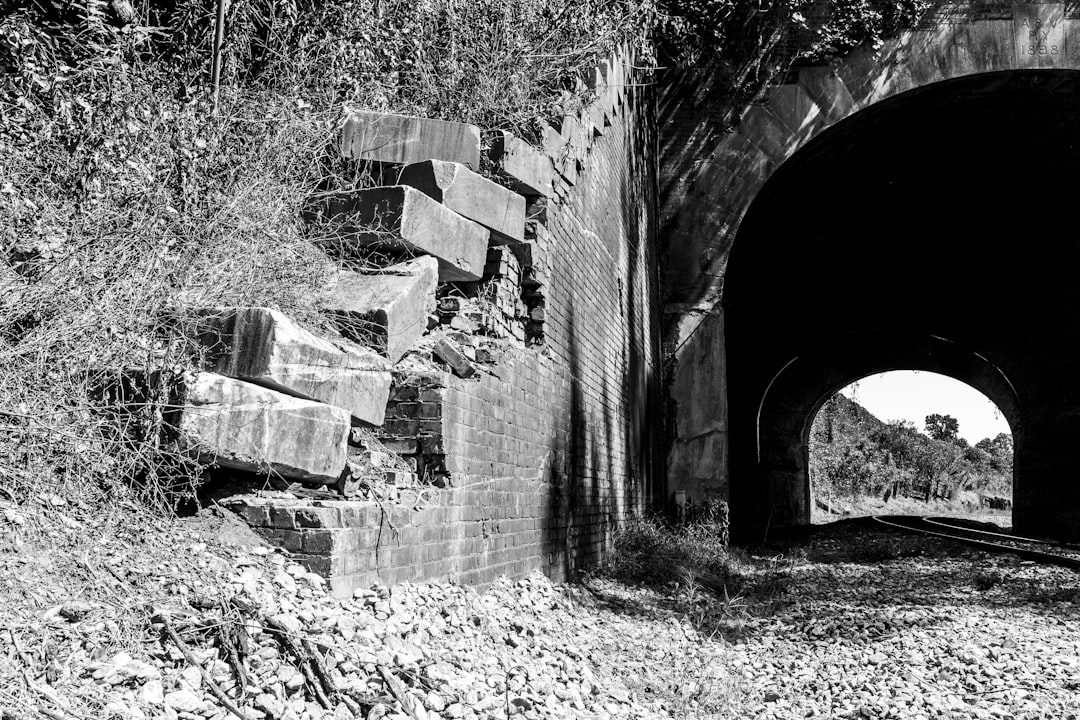What is it about?
Examine terrestrial techniques for measuring changes in gravity over time and their application to the geosciences. The paper describes techniques for measuring changes in gravity over space and time.
Featured Image
Why is it important?
Monitoring changes in gravity over time provides information on deformations of the solid Earth and changes in the distribution of mass. This can be related to their geophysical causes such as tectonic and volcanic activity, past and present ice-mass changes, tides and the dynamics of the oceans. Hence, such data have a range of applications. For example, gravimetry has proven useful on volcanoes, where combining gravity and deformation measurements has permitted discrimination between gas, water and magma intrusion, assessing voids opening or magma density changes associated with degassing
Perspectives
Hopefully the next generation of gravimeters (atom and MEMS) will be more transportable, and may be less expensive if more instruments are produced. The ideal instruments would be cheap absolute gravimeters able to monitor continuously, with a precision equivalent to 10-11 g at a period of one minute. Such low-consumption gravimeters should weigh no more than a few kilograms and be easy to operate. That way, it will be possible to deploy arrays of gravimeters to understand the functioning of volcanoes, specific hydrogeological and hydrothermal systems, or post-seismic and post-glacial relaxation.
Dr Michel J Van Camp
Royal Observatory of Belgium
Read the Original
This page is a summary of: Geophysics From Terrestrial Time-Variable Gravity Measurements, Reviews of Geophysics, November 2017, Wiley,
DOI: 10.1002/2017rg000566.
You can read the full text:
Contributors
The following have contributed to this page










